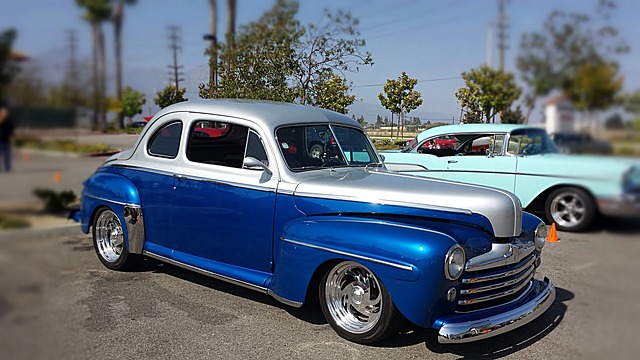Introduction
The steering wheel of a pirate ship, often depicted in popular culture, is an iconic symbol of the pirate era. But what is this pirate ship steering wheel called? In this article, we will explore the name and history of this essential component of pirate ships.
The Pirate Ship Steering Wheel: The Helm
The pirate ship steering wheel is commonly known as the “helm.” The term “helm” refers to the entire steering apparatus, including the wheel, tiller, or any other mechanism used to control the ship’s direction. The helm is a vital component of any sailing vessel, including pirate ships.
The Evolution of Pirate Ship Steering
Pirate ships, like other sailing vessels, initially relied on a tiller for steering. A tiller is a long wooden handle attached to the rudder, which is used to maneuver the ship. However, as ships grew larger and more complex, a more efficient steering mechanism was required.
The transition from tiller to the wheel occurred during the medieval period. The wheel allowed for easier control and a more precise steering experience. Pirate ships, being no exception, adopted this new steering technology.
The Design of Pirate Ship Steering Wheels
Pirate ship steering wheels were typically made of wood, with several spokes radiating from the central hub. The number of spokes varied, but the most common design had eight spokes. These spokes provided leverage and allowed the helmsman to steer the ship more effectively.
The size of pirate ship steering wheels varied depending on the size of the vessel. Smaller pirate ships had smaller wheels, while larger ships had larger wheels to accommodate the additional force required to turn the rudder.
The Role of the Helmsman
The helmsman, also known as the steersman or the helmswoman, was responsible for operating the pirate ship steering wheel. This individual was highly skilled and experienced in navigating the ship. They had to interpret the wind, waves, and other environmental factors to steer the ship safely.
The helmsman’s role was crucial during battles, as they had to maneuver the ship to gain a tactical advantage. They worked closely with the captain and other crew members to execute complex maneuvers and evade enemy ships.
Conclusion
In conclusion, the pirate ship steering wheel is known as the helm. This essential component of pirate ships allowed for precise and efficient steering. Pirate ship steering wheels were typically made of wood and had multiple spokes radiating from the central hub. The helmsman played a crucial role in operating the helm and navigating the ship. The helm remains an iconic symbol of the pirate era, representing the adventurous and daring nature of these seafaring outlaws.
References
– www.britannica.com
– www.nationalgeographic.org
– www.history.com













